
On April 18, 2024 Legal Services filed a lawsuit against Sheriff Frederick J. Akshar, Broome County Jail administrator Robert Charpinsky, Corrections Officer Philip Stephens, Broome County, and Trinity Services Group (the jail’s food subcontractor headquartered in Florida). It charges them with enslaving free persons, forced and unpaid labor, harmful and unlawful coercion, and violating state labor laws. Justice and Unity for the Southern Tier has issued a press release with more detail and a call to action. Further reading on prisons, jails and forced labor may be found here.
The Broome County Jail and its Sheriff have lost successive lawsuits over wrongful deaths (Alvin Rios, Salladin Barton, the outstanding Thomas Husar case), sexual and racial abuse (most recently the Holland case), and the beating of youth (the Vega and Legal Services youth case) as reported on this blog and elsewhere in the media. The continuing problem: there is no active oversight as this latest lawsuit shows us yet once again. The State Commission of Correction, consisting of a retired Sheriff and a former NYC Department of Corrections administrator, has proven to be more adept at forcing the building of new jails than protecting the unfortunate persons who end up in county jails. The result is that even the thin laws and regulations formally protecting those in the hidden cells and cages of county jails are widely ignored. The damage is widespread–and thanks to local activists and activists increasingly coming to light.
We need systemic solutions to a systemic problem. JUST closes it press release by (1) calling on local legislators to cosponsor and promote two bills before the State Assembly and Senate that would end slavery and provide new oversight of labor in state prisons (but not jails in the bill, yet), and (2) asking “County and State officials, including the Attorney General, Comptroller and our elected representatives, to provide independent oversight of the jail and its operations as they are empowered to do under state laws”.
Here are three areas that show the systemic problem in three critical areas covered by limited existing laws and regulations: sexual and racial abuse, medical and health violations, and financial malfeasance imposed on those in the jail as it has become the center for displaced, discarded, ill and impoverished residents of the county.
The incarcerated and formerly incarcerated, their families, and local activists have long written state and county authorities, legislators, and the press in all these areas. The Comptroller, Attorney General, and State and County Health Departments should at the very least do their legal duty. State law empowers all local Assembly and Senate members to make unannounced inspection visits to jails. Some state legislators have done so in their counties. But not yet in Broome County. They need to do so.
Sexual and Racial Abuse
Public records provided by successive and successful lawsuits by families (wrongful deaths), Legal Services of Central NY (youth and Vega abuse cases), and NYCLU (Makkyla Holland case) have documented in detail rampant and continuing racial and sexual abuse in the Broome County jail. Yet the abuse continues and abusers go unpunished. Officers continue to abuse persons of color with the ready use of the n-word, while sexually abusive treatment and language are directed toward women, men, and LGBTQ persons alike. Allegations of rape circulate. Not a single person has ever been disciplined for these behaviors. Complaints and grievances by incarcerated persons of violations of the Prison Rape Elimination Act of 2003 are not allowed to be filed; grievances of any sort are regularly denied contrary to state law as documented yearly by the State Commission of Correction, including in the most recent March 2024 inspection report.
March 2024 State Commission of Correction, Minimum Standard Evaluation of Facility Operations for the Broome County Jail, “Commission staff reviewed several grievance packages and found that the grievance coordinator continues to issue determinations that grievable grievances are non-grievable.”Bill Martin, Truthout, March 24, 2024, “In NY Jails, Prisoners Must Submit Their Abuse Grievances to Their Abusers,” Can openly transphobic and homophobic jailers be relied upon to enforce nondiscrimination settlements? Can disabled and injured youth, especially young Black men, depend upon legal settlements to end abuse in our jails?
State law now requires medically assisted treatment for persons with substance use, and the Broome County Jail handbook lays out procedures for MAT. Yet these are not followed. JUST members and family visiting the incarcerated are regularly told of instances of persons detoxing without MAT; attempts by persons to get on methadone are denied for weeks and months, despite appeals to UHS and OASAS offices in Broome County and regional headquarters. Media reports, most recently in NYFocus, document the problem in detail. Unsanitary conditions and severe shortcomings in medical procedures are regularly reported, even by the State Commission on Correction’s own annual inspections with no external oversight and follow-up provided. State law requires county health departments to inspect the jail but as the Sheriff has reported to the State Commission of Correction every year, the BC Health Department has not provided any inspection reports and apparently refuses to inspect the facility.
NYFocus, Sept 27, 2023: “‘Doom County Jail’: Dysfunction Plagues Program for Incarcerated Opioid Users. Men locked up in the Broome County jail describe an opioid treatment program so shoddy, they risk withdrawal, relapse, and overdose.
March 2024 State Commission of Correction, Minimum Standard Evaluation of Facility Operations for the Broome County Jail, “Commission staff spoke with administration and noted that the facility is consistently requesting the health department inspection, however the Broome County Department of Health has yet to complete such inspection.”
State regulation 9 CRR-NY 7015.3 “The chief administrative officer shall request that the local health authority with jurisdiction over the facility perform annual inspections of the facility. The results of such inspection shall be recorded in writing, together with a summary of the action taken to address any deficiencies, and maintained on file at the facility.”
Financial Malfeasance
Despite a significant drop in the number of persons incarcerated, the budget for the jail has steadily grown while funding for community health and social services has steadily been cut. There remain however no oversight of jail finances and financial irregularities that contravene state law persistently appear. The sheriff recently had to admit that the county had been billed for and paid their out-of-state medical provider $250,000 for services that were not provided. There were no fines or investigation. In order to meet basic hygiene and food needs, the incarcerated and their families spend $ millions at the jail commissary. State regulations require the Sheriff to spend his considerable profits (up to 44%) from unconscionable costs for commissary, telephone, video and tablet use –e.g. calls to family cost 4 cents/minute from state prisons, but 25 cents per minute from the BC jail—on the rehabilitation of inmates. Yet there is no accounting of the $ millions accumulated from these fees; past investigations reveal purchases range from lawn tractors, trailers, to retirement party costs. State and county authorities need to investigate and conduct an audit of jail purchases and expenditures.
State regulation 9 CRR-NY 7016.1 “ (b) The prices of any items offered for sale shall be fixed by the sheriff, or official in charge, to the extent that the commissary operation will be self-supporting and will provide a modest return above costs. (c) Profits resulting from commissary sales shall be deposited in a separate bank account and shall be utilized only for purposes of prisoner welfare and rehabilitation.”
JUST May 13, 2019 letter to County Executive and SCOC (unanswered), “an examination of the county records regarding jail commissary and related accounts suggest significant irregularities. We request that you conduct a thorough examination and audit of the accounts for at least the last three years.”
Seek Justice

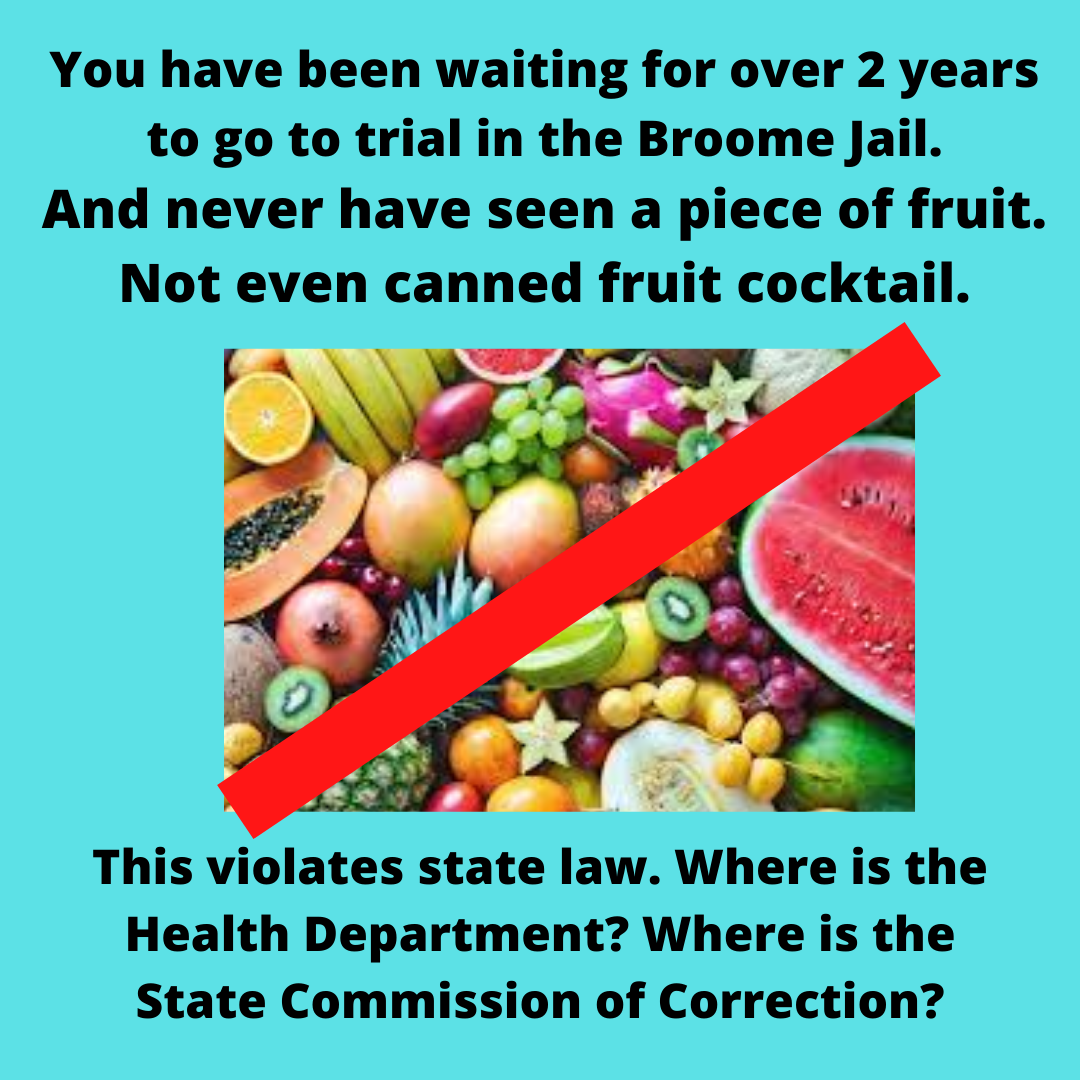

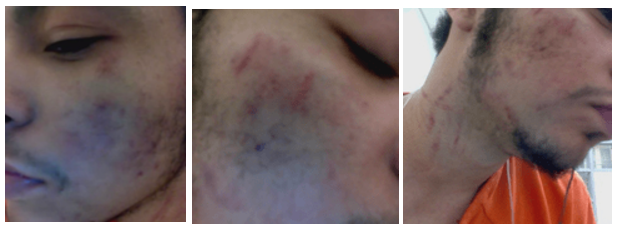

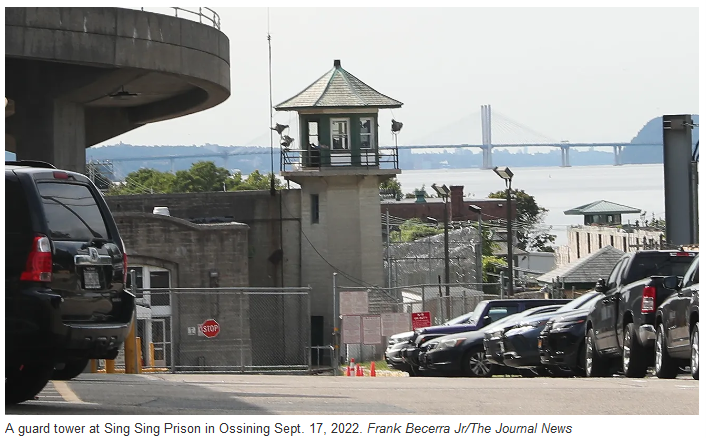

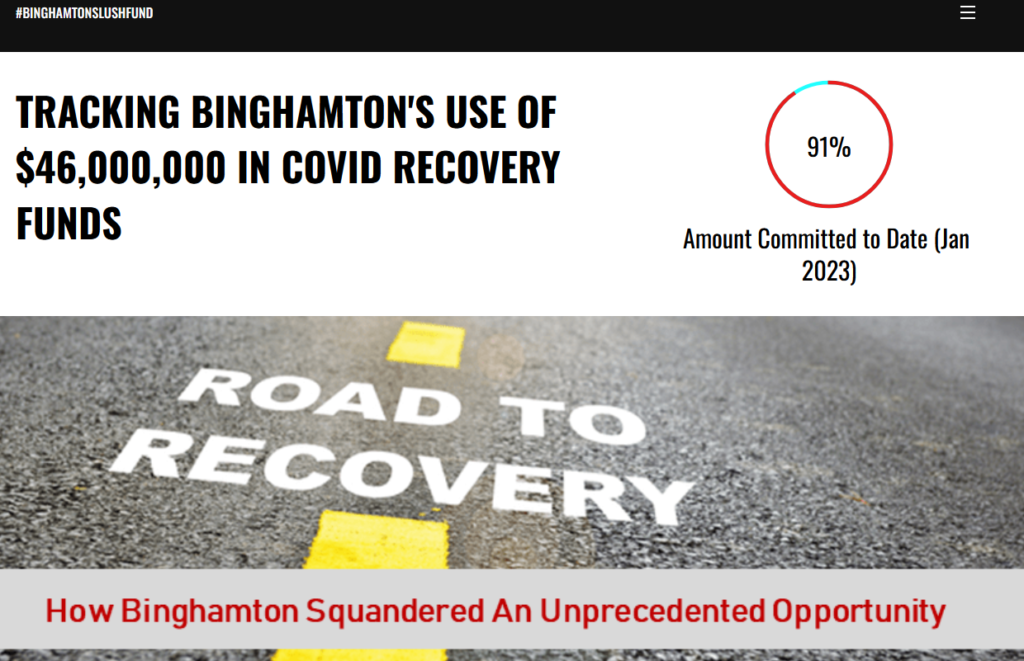


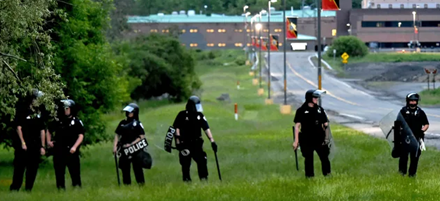

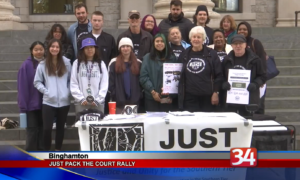
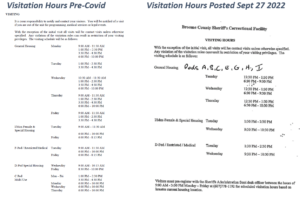


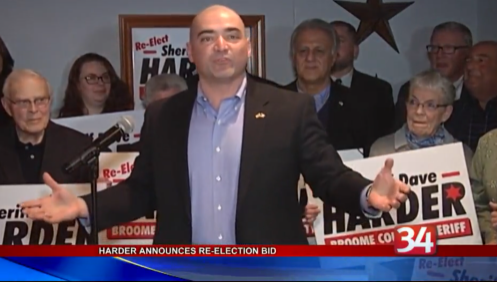







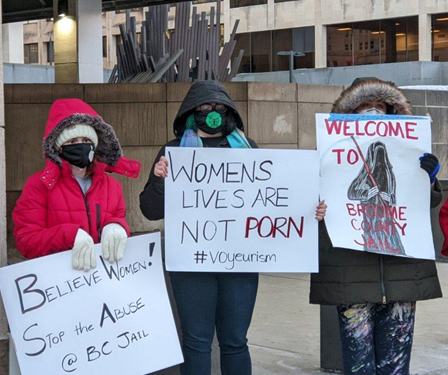
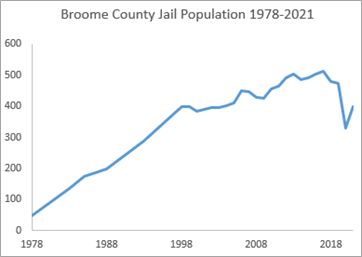

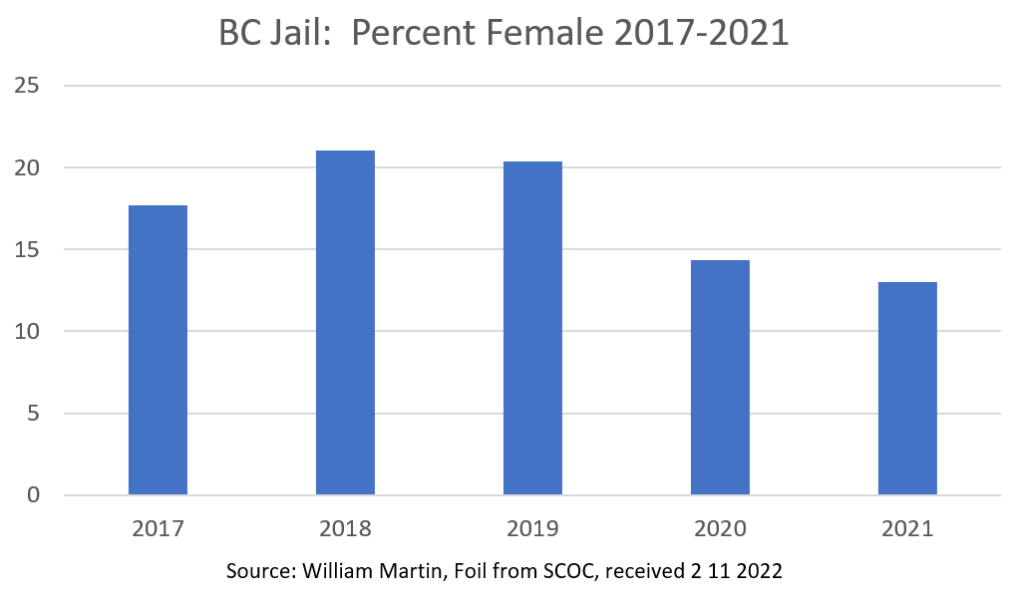
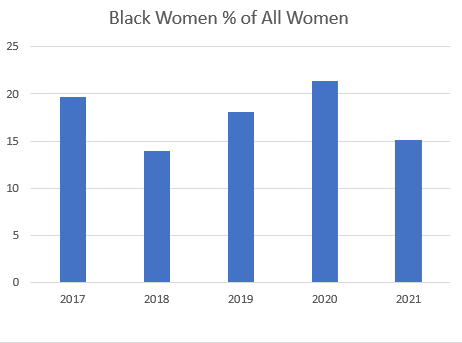
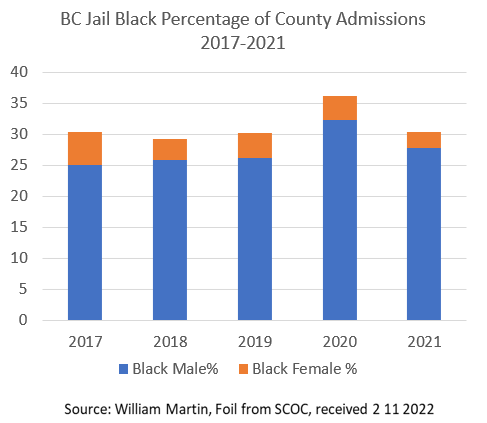


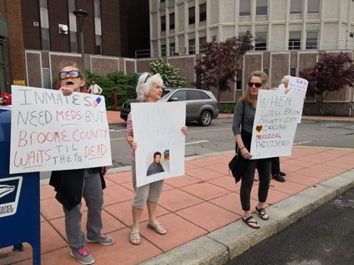
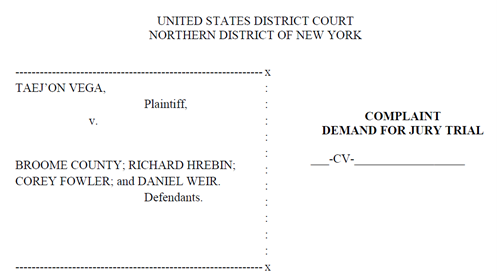






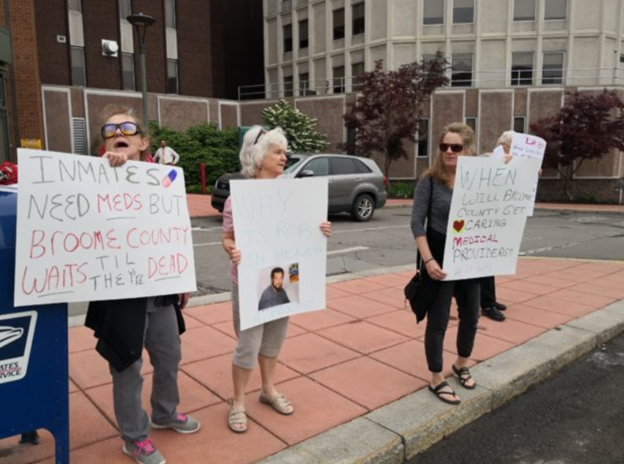
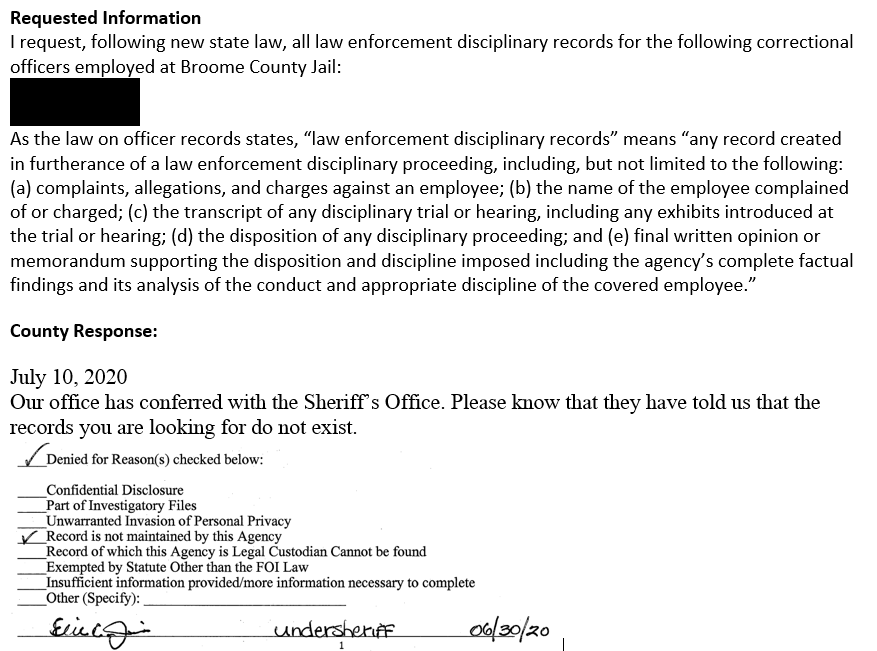


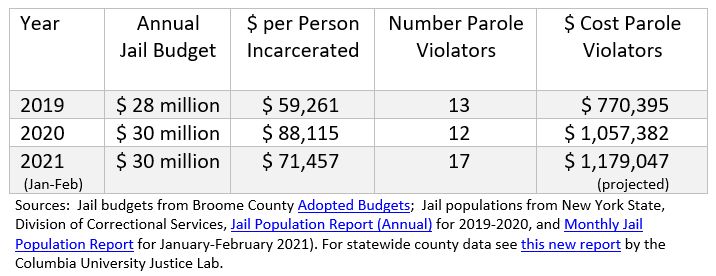
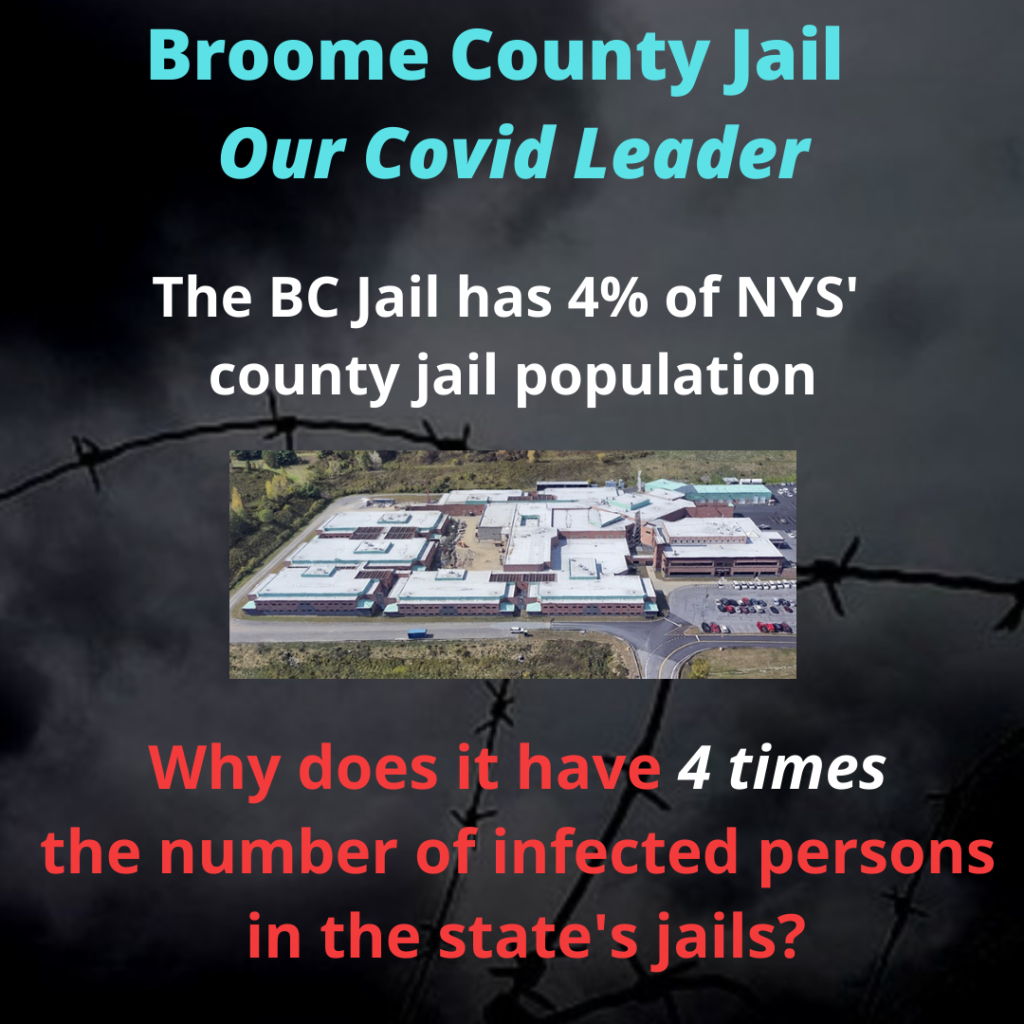
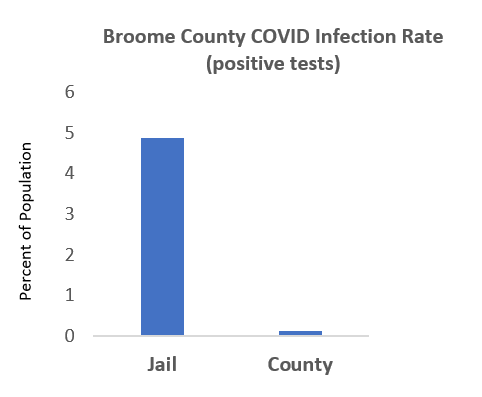
Recent Comments